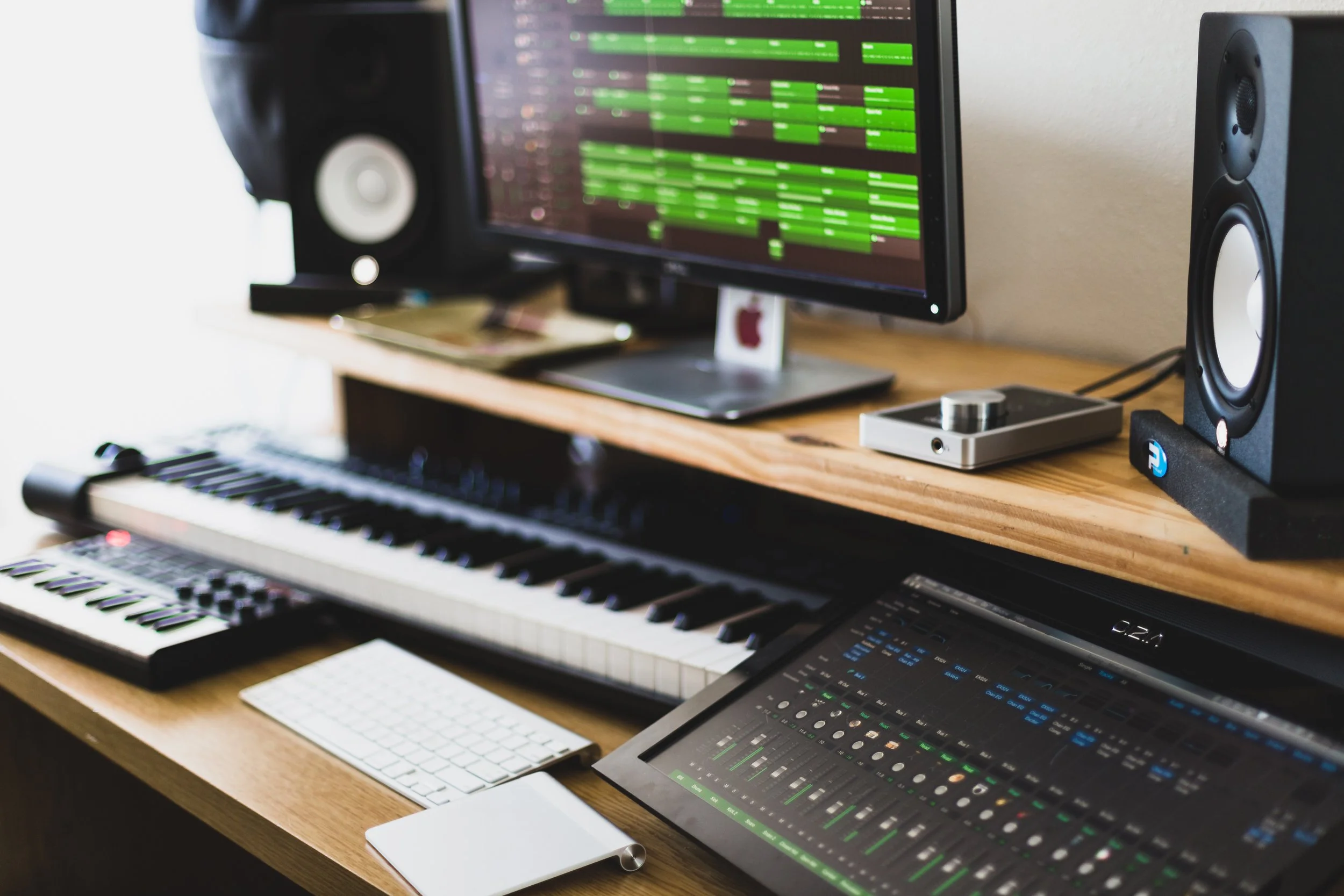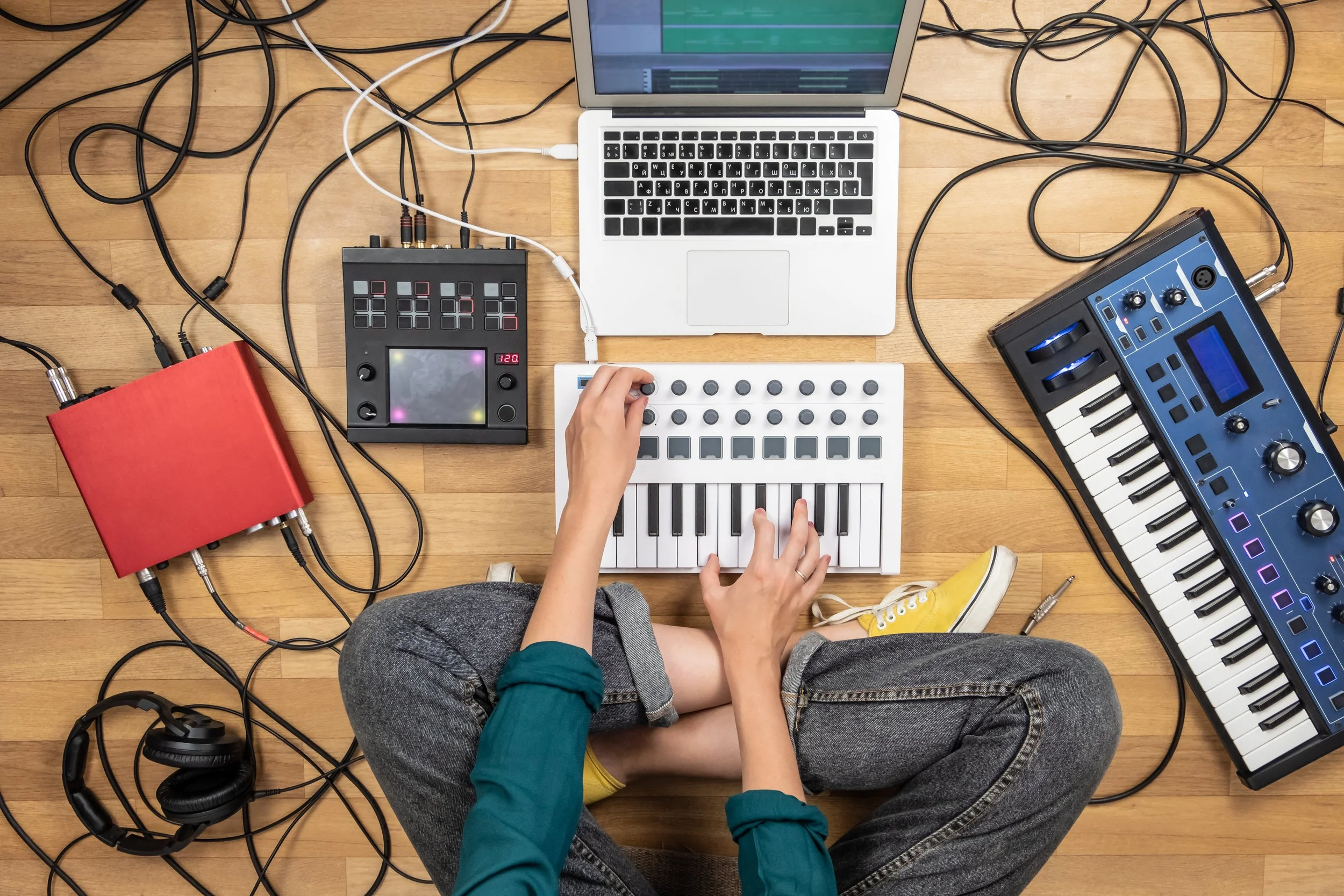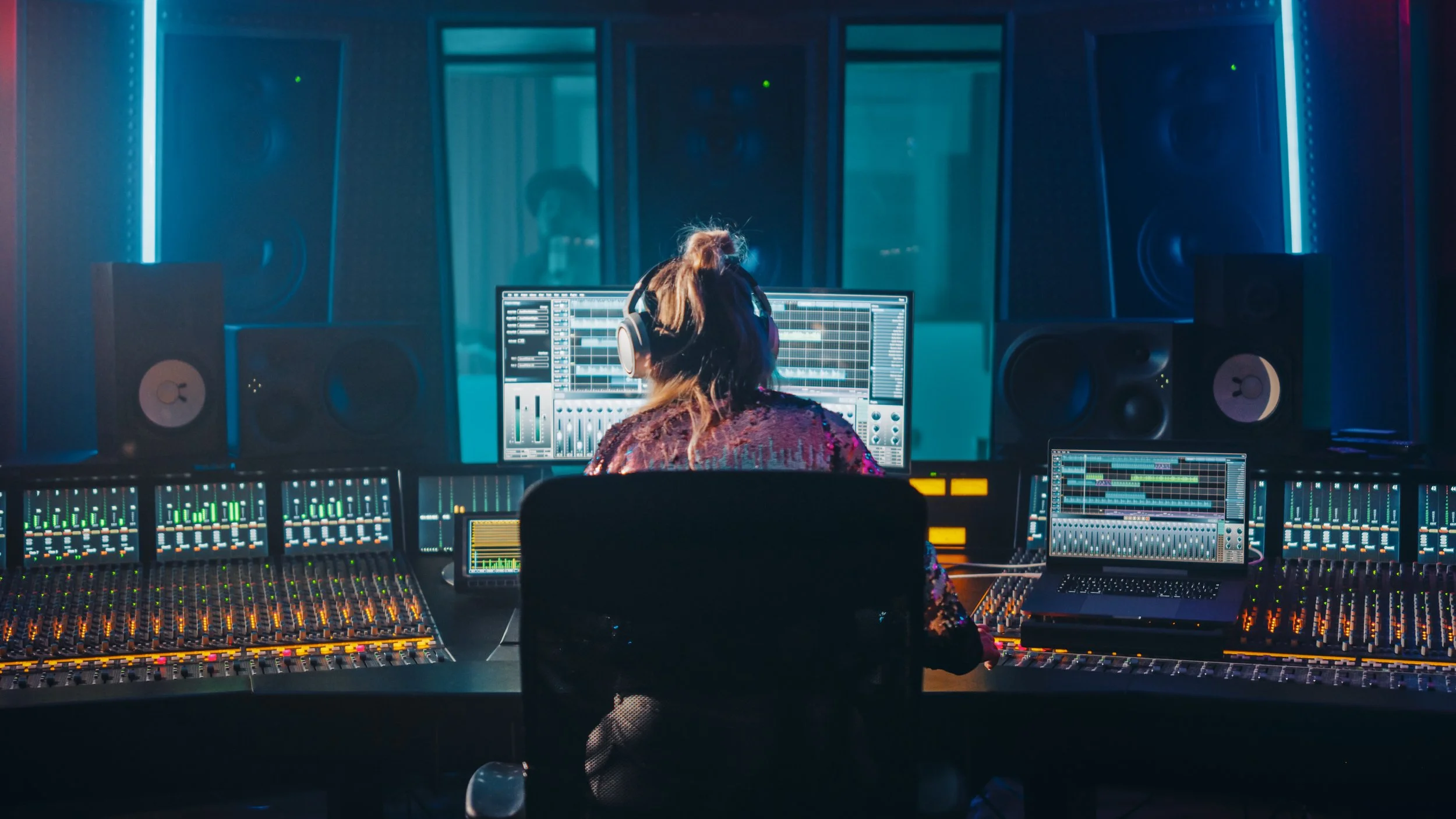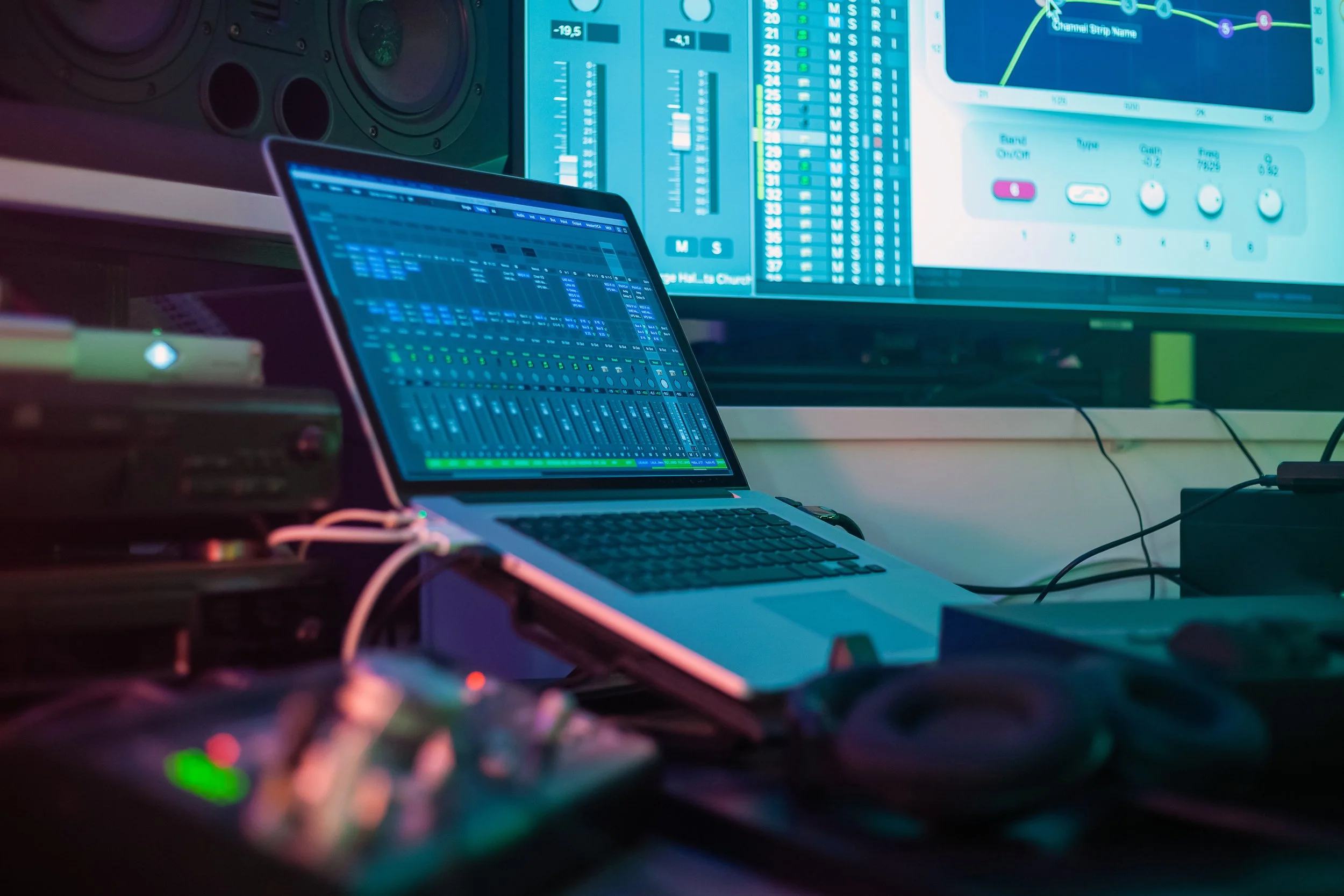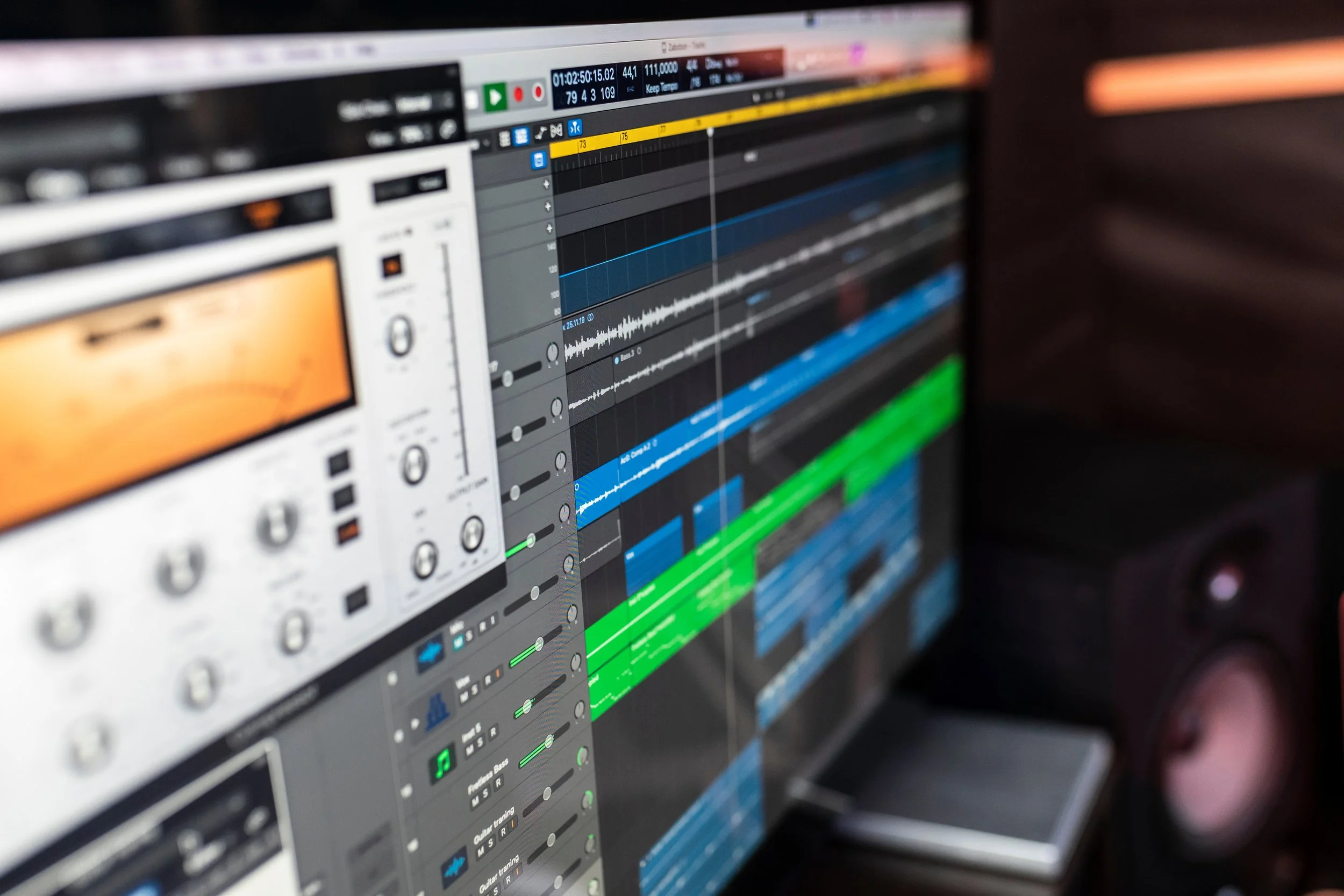5 Reasons to Use Reason
The battle of DAWs will continue to be a never ending conversation. Everyone has their own preferences regarding which DAW they like to use, but for this article, we’ll be highlighting Reason and 5 features that make it an outstanding choice.
Blocks
Most genres use a standard song structure and that should be kept in mind when creating. If you're not very good at counting bars, lose track of how long a song is when creating it, or don't know how long a verse/hook should be, this is the perfect tool to help you create a song structure within the parameters of the genre you choose. You can structure it however you want (ex. breaking it into 6 areas - intro, verse, pre-hook, hook, bridge, and outro). In blocks mode, you can edit the titles and colors of each block you customize. In songs mode, you can assign each block on the sequencer to structure out your songs. Genres typically have differences in how they are structured. With that being said, you may want to create structures using blocks in the genre you find yourself creating the most and save them as a template so that you don't have to restart the process every time you open up a new project. Keep in mind, the blocks feature has more purposes, but this is one example of how you can utilize it.
Self-Contain Feature
Have you ever moved/rearranged files and folders or deleted something that you thought was unnecessary only to open your song project and find important sounds and files missing? A great way to ensure that this doesn't happen again is to utilize the self-contain feature. Once you’ve saved your project, click on file and then click on self-contain settings. Here, you can check each box of the sounds you want to keep contained within your file. Keep in mind that for every box that you check, it increases the size of your file. If you don't mind, this can be very beneficial for you down the road so that you never lose files or sounds again. If you don't want to have to do that for every single track individually, there's an easier way. Click on the Reason tab in the top left corner of your screen and then on the “Preferences” subtab. Then, under “General”, click the box that says “self-contain samples when loading from disk”. This will ensure that your samples and songs remain in the project despite any rearrangement of files or accidental deletes.
Time Stretch
This feature works really well if you're a sample or loop user. Let's say you're creating a beat with a specific feel and tempo in mind. You find a sample or a loop that you really want to use, but it has a different BPM. Well, you can use the time stretch feature to stretch the audio out to match the tempo. You can also shorten the stretch to increase the speed of the loop/sample or you can broaden the stretch to slow it down. Time stretch also works well for shortening and extending effect automations.
Scales & Chords
This is a great tool for people who don't know how to play the piano, let alone know how to play scales and chords, but understand what it should sound like. By using scales and chords and any instrument in Reason, you can trigger chords in any key with just one finger. You can also use different inversions and set the amount of notes you want to use for each chord. You can even set it up to autocorrect what you play so you never hit a wrong note. When you record what you're playing, you can have it read in the sequencer as one individual MIDI note or you can record it as each note as MIDI. That way, you can manually move around the notes to create new chords or shift the notes so it has a more natural and realistic feel if you desire.
Bounce in Place
Take any MIDI instrument that you play and bounce it in place. It takes that MIDI file and converts it into an audio file all within the sequencer so you never have to export or import your new sound. This helps your computer's performance because it locks in the instrument with all the added effects into one single track while muting the original MIDI track. You can even manipulate the audio by chopping it and using it as a sample, reversing it, time stretching it, transposing it, and adding additional effects to it if you want.
People who have been using the DAW for some time are probably very familiar with these features, but for those who are looking to experiment and try Reason for the first time, this is a great place to start. Another amazing DAW we’ve previously covered is Logic Pro - you can check out our tips and tricks on it right here!

